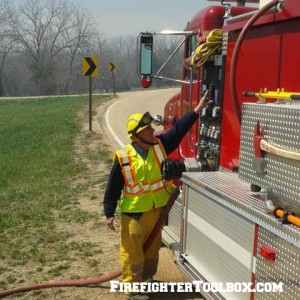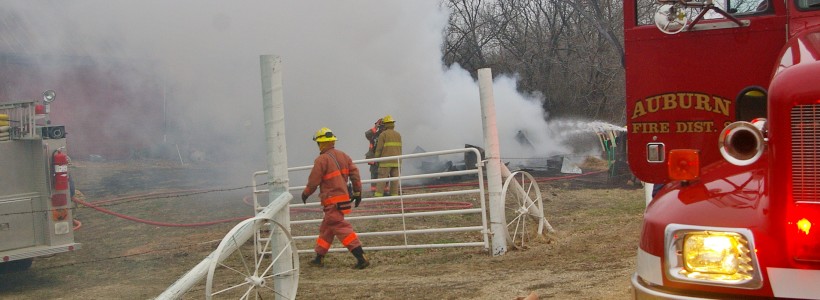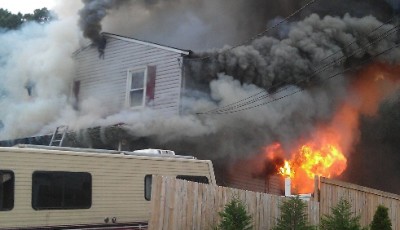3 Strategies Of Fire Attack Using A Rural Water Supply
We have established where the water supply point will be and determined the need for additional resources on the call. Our next major challenge is determining the best attack strategy — based on the water we have on hand and how soon we can have additional water on scene.
Fire Attack Strategy
Here is where a fundamental shift in strategy in both fire attack and water supply meld with firefighter safety. If, for whatever reason, the initial plan is interior firefighting, protecting a hazardous exposure, or providing cover during an evacuation, it is important to remember that drafting from the attack engine is a risky proposition. This is mainly because by the time we are ready to pull a draft, we have crews inside the structure or heavily involved in the evacuation or protection of hazardous exposures. In order to pull a draft, we must shut down all of the discharge operations on the drafting pumper — and that means leaving interior crews without water. Second but equally important, prime can be lost for a multitude of reasons and that will affect the safe mitigation of the call and crews inside the structure.
A Solution
A simple solution to this is to have the first arriving tanker nurse the attack engine via supply line, while the tanker sets up the drop tank and prepares to draft. A key thing to consider is that by the time the tanker arrives and is ready to move water via supply line, the attack engine needs the water off that tanker sooner rather than later — especially if aggressive fire attack is underway. The attack engine should be able to support itself for the brief interruption in water supply while the tanker pulls prime and is able to draft. This also allows the attack engine to remain independent of any issues that occur with water supply pressure.
 3 Strategic Supply Considerations
3 Strategic Supply Considerations
#1 – Supplying An Interior Attack
The question is simple: If we are attacking the fire from the inside, is there enough water on the attack pumper and the tanker behind it to effectively fight fire and protect the interior crew?
#2 – Supplying The Chosen Strategy
We need to have enough water on hand or immediately available to safely execute the strategy we have decided on. For example, with a limited amount of water immediately available, any strategy that requires master streams or more than 2 operational hose lines down should be re-considered until a good water supply can be established.
#3 – Supplying A New Strategy
If our initial attack strategy is not working, we may need to ramp up our tactics. It is important to consider whether our water supply operation can support the additional use of hand lines or master streams. These two challenges — setting up the water supply point properly and establishing a fire attack strategy — are easily overcome. Of course every situation is different; adapting and overcoming the unique challenges that each call provides is part of what makes our job as officers and firefighters all the more fun. When it comes to rural water supply, we need to be thinking about our actions ahead and planning on how to handle those actions. Additionally we need to constantly observe and make sure our fire attack and water supply strategies are working, and working together.
Photos courtesy of Erik Wood







The author states you need to shut down water to pull a draft? I’ve been successfully switching from tank water to a draft source for years. You use the same principle as switching over to a hydrant.